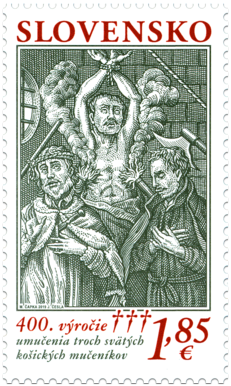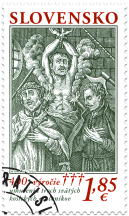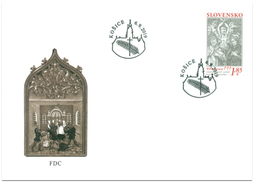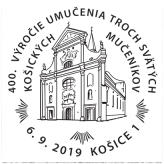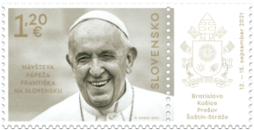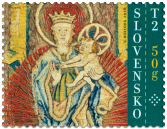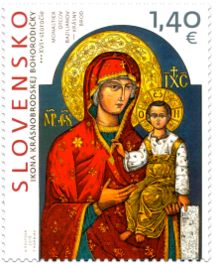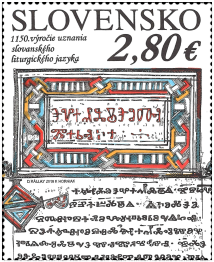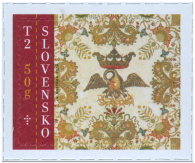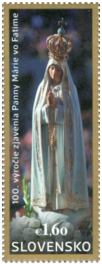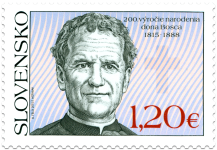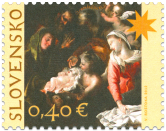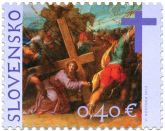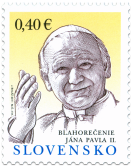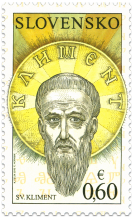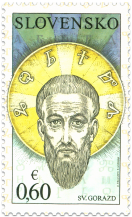693 Date of issue
06.09.2019 Face value
1.85 € Sell price
1.85 €
The Saintly Martyrs of Košice were young Catholic priests, forever tied to Košice by the strong testimony to their faithfulness to Christ and the Church. Marko Krizin came from the town of Križevci in Croatia, where he was born in 1589. He was ordained as a priest in 1615. He became a canon of the Chapter of Esztergom and an advisor to the Hungarian Primate Péter Pázmány. He administered the property of the Abbey in Krásna nad Hornádom near Košice, but he also had to travel to Košice for administrative matters. István Pongrácz was born in Transylvania in 1583. He entered the Society of Jesus and was ordained as a priest in 1613. He was the headmaster of the Catholic Grammar School in Humenné and worked in Košice from 1618. Melchior Grodziecki was born in the Polish town of Cieszyn in 1584. He also joined the Jesuits and became a priest in 1614. He worked in the Clementinum of Prague, where he managed a hostel for poor people and at the end of 1918, he was sent to Košice by the Abbots, where he took care of Slovak and German Christians.
In 1619, all the Protestants in Bohemia, Moravia and Silesia rebelled against the Austrian Catholic Emperor Ferdinand II and joined the Hungarian Lutherans. The insurgents, with György Rákóczi at their forefront, arrived in Košice on 3rd September. The three priests were captured and were sentenced to death by the Municipal Council without trial. During the night of 6th September 1619, after two days of imprisonment – they refused to renounce the Catholic faith – they were tortured to death by soldiers. Their bodies were thrown into a cesspool. They were beautified by Pope Pius X and canonized by Pope John Paul II in Košice, during his visit to Slovakia in 1995.
The graphic used for the postage stamp was taken from a book written by Gabriel Hevenesi – Ungaricae Sanctitatis Indicia which was published in Trnava in 1737 (first published in 1692). The book includes 53 illustrations, engraved on copper, by the Viennese artists Johann Jacob Hoffmann and Johann Sigismund Schott.
Mons. Ján Vallo
© 2024 POFIS - Postal philatelic service. All rights reserved

